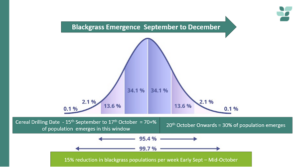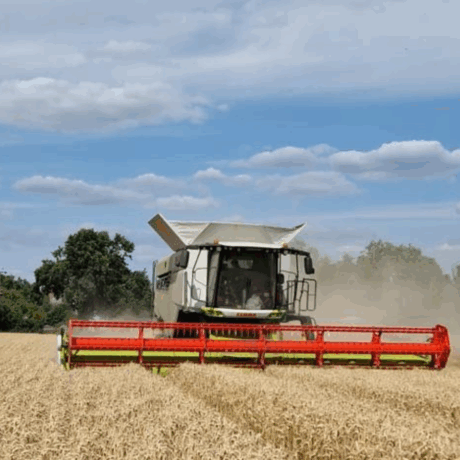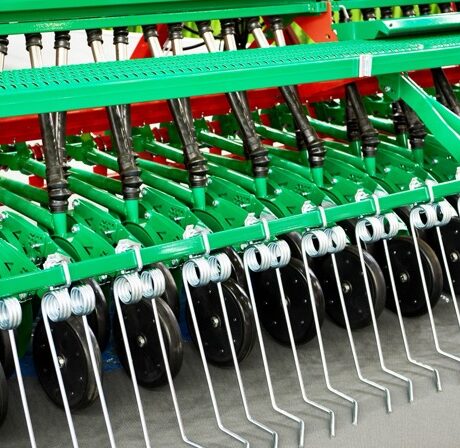Drilling, Disease and Grassweeds
Joe Pitt
Sep, 10 2024September Brings Key Decisions for Drilling
As September begins, many farmers focus on post-harvest cultivations and drilling plans. Poor and variable yields remind us of last autumn’s wet conditions, tempting some to drill earlier. However, patience pays off—waiting until October helps control disease, barley yellow dwarf virus (BYDV), and grassweed.
Why Early Drilling Increases Disease Risk
Even high Septoria tritici score varieties suffer when drilled in September. Trials show mid-September wheat had a full point lower Septoria score than mid-October crops. Early drilling often leads to infections on leaf 3 and 2, pushing fungicide costs up by around £40/ha. A late drilling strategy combined with strong genetic resistance and a robust fungicide programme offers the best protection.
BYDV Control and SFI Opportunities
September emergence almost guarantees an insecticide pass, while late October drilling significantly reduces risk. Farms aiming for SFI zero-insecticide payments must either drill later or choose BYDV-resistant varieties such as BYDV Grouse.

Figure 1 – Bell curve showing distribution of blackgrass through September to December. Delaying drilling into a stale seedbed after the peak of emergence is a key cultural control.
Grassweed Management: Timing Matters
Blackgrass emergence declines by 15% each week from early September to mid-October. Delaying drilling into a stale seedbed after peak emergence improves control. Later pre- and peri-emergence applications also reduce UV degradation, boosting residual herbicide effectiveness by 20%.
Soil Moisture and Herbicide Performance
Residual herbicides need adequate soil moisture. With little rain forecast early September, waiting improves results and saves money. A NIAB study found November-drilled wheat without residual herbicide had lower blackgrass levels than late September drilling with full herbicide treatment.

Figures 2 and 3 – The price of poor cultural control and pr-ems dropping in persistence.
We understand there are some businesses with large areas to cover and compressed weather windows, particularly if in the north of the country. We also understand the genuine concern of the weather turning and crops not being drilled again. If forced to drill from early to mid-September, farms should drill the blocks with the lowest grassweed burden first; ensure a good seedbed is created to bring even emergence and optimise residual herbicide activity; use varieties with good disease resistance scores and have a comprehensive BYDV management plan, including green bridge destruction and considering BYDV-resistant varieties.
Remember that the earlier a crop is sown, the more it will cost to grow. Try to look beyond the difficult autumn of 2023 and discuss the matter with your agronomist or adviser before entering the field.
To discuss any of the issues raised in the above article, please get in touch via email contact@ceresrural.co.uk, click the “CONTACT US” button below, or call 01223 679 679.





